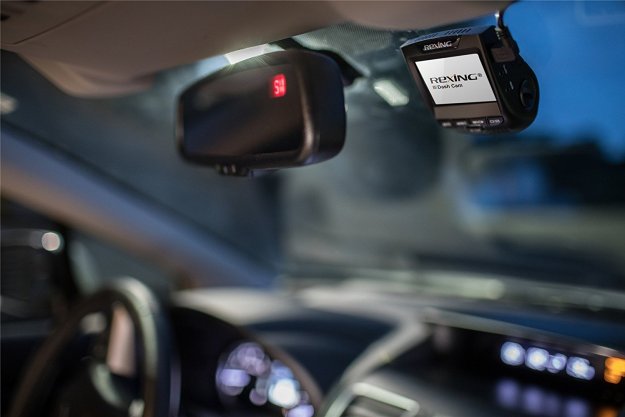Car companies love to show off, but not every auto show is the same. The shows in Detroit, Los Angeles, Geneva, and other major cities are where new models are unveiled. The annual Specialty Equipment Market Association (SEMA) show is for demonstrating what owners can do once they take delivery.
Every year, major carmakers bring hundreds of customized vehicles to SEMA, decked out with outrageous graphics, eardrum-shattering sound systems, and performance modifications. So what better way for Fisker to prove that its Karma plug-in hybrid is the real deal then to send a squad to SEMA?
SEMA cars are supposed to highlight both OEM and aftermarket products, and the custom Karmas are no different. Fisker is partnering with 3M to sell a paint protection film through its dealers, and to showcase the partnership 3M designed four wrap schemes for a Karma.
On the show floor, the hybrid’s graphics will be peeled off and changed every day. The wraps will include an appropriately autumnal “October Sun” scheme of orange and black, a “Riverside” scheme featuring America’s racing colors, blue and white, a “Classic” wrap of red, black, and aluminum, and a gloss black and burnt orange wrap inexplicably called “Onward.”
After going through so much trouble to build a low-emission luxury car with an animal-free interior, Fisker felt it would be a shame to chrome its 22-inch wheels, since the process is so hazardous to the environment.
The solution is a process called PermaStar, developed by Goodrich Technology. It eschews the chemical baths of regular chrome plating for powder coating and vacuum metallization to achieve the same effect.
Wheels are probably the most popular parts to customize, so Fisker’s decision to equip its show cars with some environmentally friendly bling was a good one.
Fisker will also be showing a Karma in a special paint scheme promoting Mobil 1 fully synthetic motor oil, which the company says is best for the car’s 2.0-liter gasoline engine because it goes for long periods without running.
Customization is one of the best things about cars. It allows owners to really make a statement, to take a mass-produced item and make it unique. It’s not a small phenomenon either: everything from classic muscle cars to brand new Hyundai Velosters will be occupying the SEMA show floor this year.
Romantic individualism aside, manufacturers know that courting customizers can lead to more sales. That’s why nearly every manufacturer is willing to let the aftermarket dress up their carefully engineered creations in flames, racing stripes, and sponsor decals.
Fisker has shown that a plug-in hybrid can be luxurious, but it, and the rest of the plug-in/EV field, could use a dose of creativity. These cars are just too serious: saving the planet is important, but why can’t it also be fun?
Fisker may not have gone enough with its SEMA cars. Why not try a more outrageous paint job, or make a Karma lowrider? The possibilities are endless.
Editors' Recommendations
- 2020 Karma Revero GTS adds performance to go with its sleek looks
- Karma Automotive wants to make its cars sound like movie special effects


